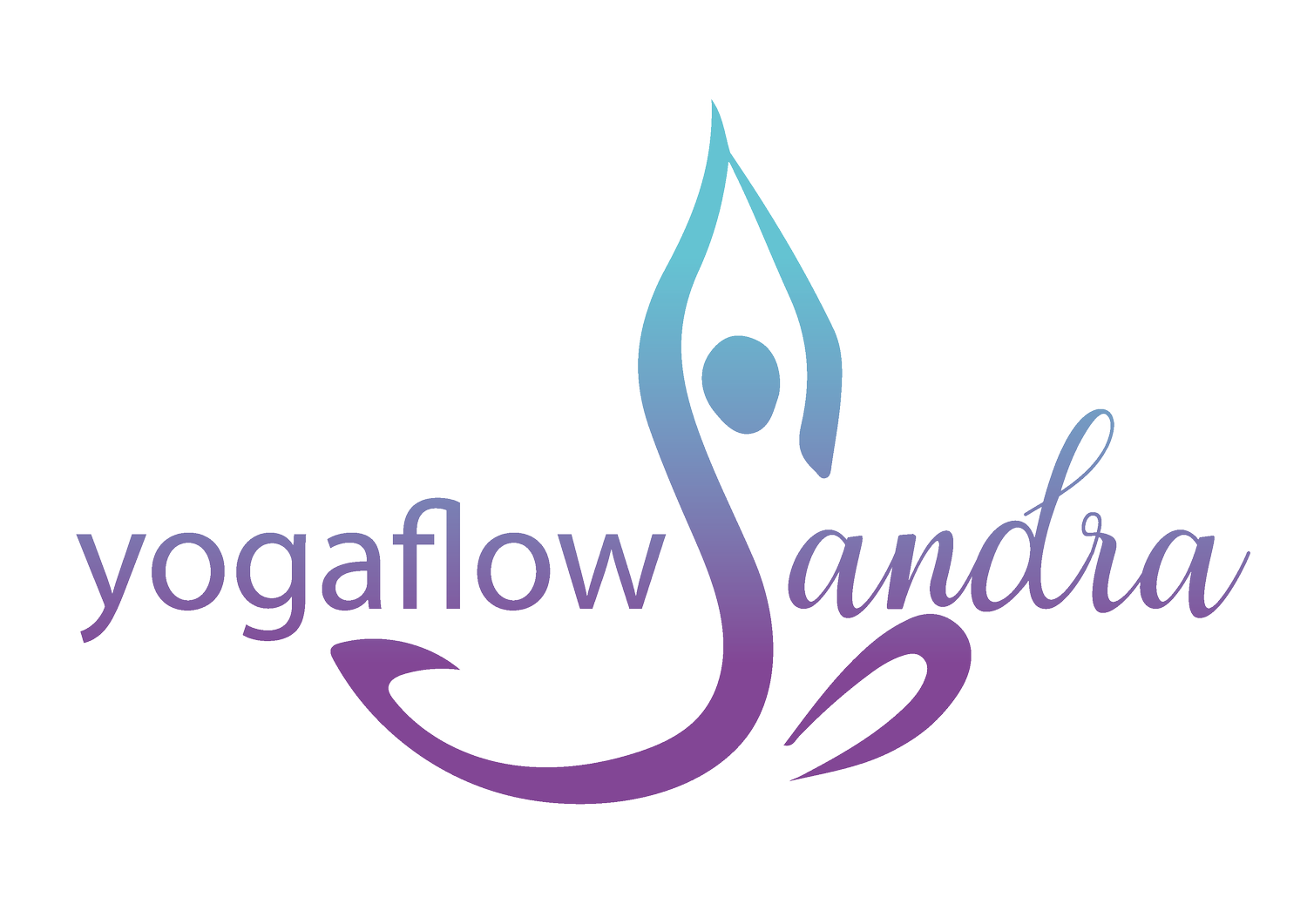I set out to craft a piece extolling the benefits of yoga. I began by outlining the benefits and then proceeded to research PubMed and Google Scholar to find substantiating evidence. However, in this process, I soon realized that I had fallen into the confirmation bias* black hole. Allow me to explain.
Benefit: “Yoga is amazing for back pain”.
My research highlights two different studies conducted by the same primary author, Karen J Sherman.
First Study conclusion: Yoga was found to be more effective than both a self-care book and conventional therapeutic exercise for improving function and reducing chronic low back pain.
Second Study conclusion: Yoga classes were more effective than a self-care book, but not more effective than stretching classes, in improving function and reducing symptoms due to chronic low back pain.
Mmmmh. Now I have to find a reason to justify me sharing study 1 and not study 2...
Ok, I’ll chose the most recent study 2005 versus 2011 – nope, that’s study 2.
Ok, ok, I’ll chose the study with the most participants 101 versus 227 – nope, that’s study 2.
Ok, ok, ok, I’ll chose the study which did the most yoga – nope, they both did 12 week sessions of yoga.
Now what? This is when it dawned on me that I wasn’t being neutral. This brought up 2 questions – what ARE the true benefits of yoga? And in what other areas do I let confirmation bias* influence me and others?
Confirmation bias
Confirmation bias doesn't just apply to research; it creeps into daily life. Take social media, for instance. How often do we block or scroll past people or things that don't immediately interest us, potentially shutting out opposing viewpoints? I disregarded a post about sumo wrestling because it seemed so different from the principles of yoga and my personal interests. But what do I know? Surely there can’t be any overlap, can there?
Yoga v Sumo wrestling
• Physical Fitness: Both sumo wrestling and yoga contribute to physical fitness, enhancing strength, flexibility, and overall cardiovascular health.
• Discipline and Focus: Both require discipline and focus, whether it's following a strict training regimen in sumo or maintaining concentration during yoga poses and meditation.
• Mental Toughness: Both foster mental resilience. In sumo, wrestlers face the pressure of competition, while yoga practitioners may encounter mental challenges during prolonged poses or meditation.
• Balance and Stability: Both emphasize balance and stability. Sumo wrestlers require balance during dynamic movements, while yoga poses challenge practitioners to maintain balance in static positions.
• Flexibility: Both activities promote increased flexibility. Sumo wrestlers engage in dynamic stretches and movements, while yoga involves a wide range of poses that enhance flexibility.
• Healthy Lifestyle: Sumo's emphasis on a balanced diet and yoga's focus on holistic well-being align in promoting a healthy lifestyle.
• Stress Reduction: Both practices can help reduce stress. Yoga, with its meditative aspects, is well-known for stress relief, while the physical exertion and focus required in sumo wrestling can also serve as a form of stress release.
So why did I presume so quickly that the sumo post wasn’t my thing?
Random tangent about sumo wrestling
Of course, this has now sent me off on a wild tangent to find out more about sumo wrestling… which is fascinating! (I’ve stopped the pole dancing classes, so I might now try sumo wrestling* – watch this space.)
Sumo wrestlers are not categorized by traditional weight classes. Instead, they compete in specific divisions, and size differences among competitors can be substantial.
Sumo wrestlers wear a distinctive outfit known as a "mawashi," a loincloth-like garment, during matches. The colour and design of the mawashi can indicate the wrestler's rank.
Wrestlers perform elaborate rituals before each match, including salt throwing to purify the ring and stomp their feet to drive away evil spirits.
Sumo matches have no set time limit. They continue until one wrestler is declared the winner by forcing his opponent out of the ring or making any part of the opponent's body, other than the soles of the feet, touch the ground.
Sumo wrestlers follow a unique diet called "chanko nabe," a hearty stew containing various ingredients like meat, vegetables, and tofu. This diet is designed to help wrestlers gain and maintain weight.
Before a match begins, there's a period called "shikiri," during which the wrestlers engage in a series of staring and psychological tactics to unnerve their opponents.
Wrestlers perform a distinctive hand-clapping ritual called "teppo," which is intended to intimidate opponents and demonstrate readiness for the match.
Call to action
What about you? what areas of your life might confirmation bias be at play? Consider your own biases and how they might shape your outlook.
I will write a blog all about the benefits of yoga, but at the moment I have been derailed as I explore where else I turn into a “narrow- minded, biased little-know-it-all who wants to prove her point, rather than keep an open mind”.
*Confirmation bias is selecting information that aligns with pre-existing beliefs while disregarding or minimizing contradictory evidence. It influences decision-making by reinforcing established viewpoints and hindering an objective evaluation of information.
*If you are interested in trying sumo British Sumo Wrestling
A version of this blog was sent via my newsletter sign up here

